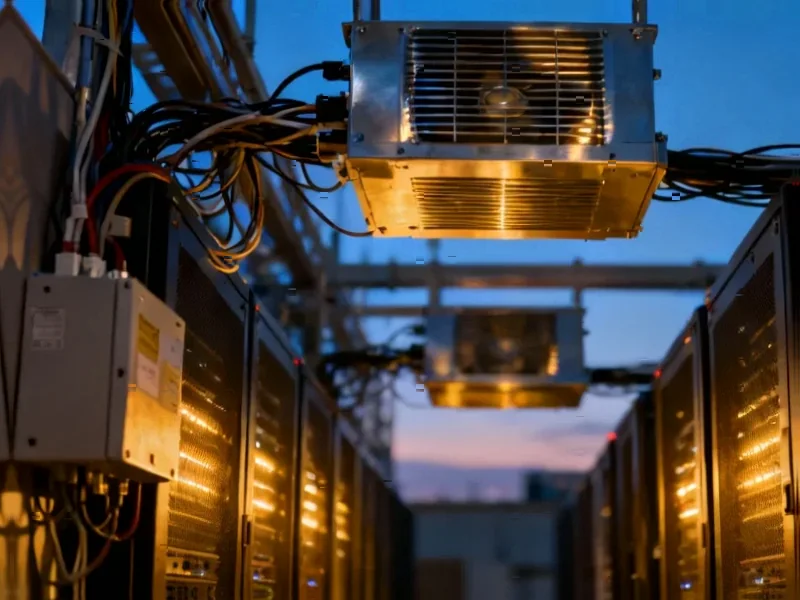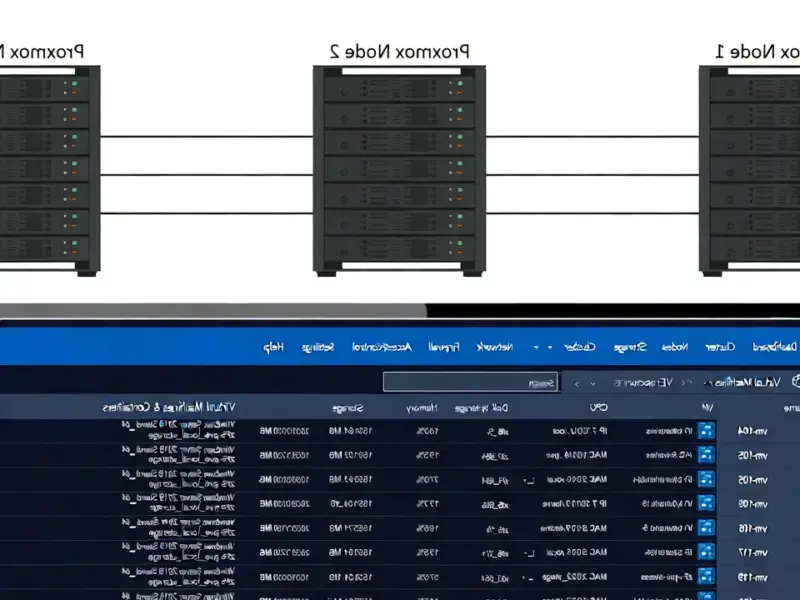According to Techmeme, Microsoft CEO Satya Nadella revealed during a recent discussion that compute is no longer the primary bottleneck for AI development, with energy availability and data center space emerging as the real constraints. Nadella disclosed that Microsoft currently has a surplus of GPUs sitting unused due to these infrastructure limitations, challenging the industry’s assumption of perpetual GPU scarcity. The CEO also expressed caution about over-investing in any single generation of NVIDIA GPUs, noting that each year brings significantly more capable hardware and questioning the useful lifespan of current AI accelerators. This admission comes amid intense competition for AI infrastructure and suggests a potential market shift in how major cloud providers approach GPU procurement strategy.
The Infrastructure Reality Check
Nadella’s comments represent a watershed moment in the AI infrastructure conversation that industry observers have been tracking. For the past two years, the dominant narrative has been straightforward: more GPUs equal more AI capability. However, Microsoft’s experience reveals a more complex reality where physical infrastructure constraints—power availability, cooling capacity, and physical space—are creating unexpected bottlenecks. This isn’t just a Microsoft problem; it’s an industry-wide challenge that will force every major cloud provider to rethink their data center strategy. The era of simply stacking more GPUs is colliding with the hard limits of electrical grids and real estate.
The GPU Investment Dilemma
Nadella’s caution about over-buying any single generation of NVIDIA hardware speaks to a fundamental tension in AI infrastructure planning. As market analysts have noted, the rapid pace of GPU innovation creates a “useful life” problem for massive capital investments. A data center filled with today’s cutting-edge H100s could be economically obsolete within 18-24 months as next-generation architectures deliver substantially better performance per watt. This creates a procurement paradox: buy too little and you fall behind competitors, buy too much and you’re stuck with depreciating assets when superior technology arrives. Microsoft’s apparent surplus suggests they may have already crossed that threshold.
Energy Constraints Accelerate Innovation
The energy bottleneck Nadella identified will accelerate several critical industry trends. First, it puts enormous pressure on power-efficient AI architectures and specialized accelerators that can deliver more computations per watt. Second, it makes renewable energy integration and advanced cooling technologies business-critical rather than environmental initiatives. Third, as industry experts predict, we’ll see more distributed computing models where AI workloads follow available energy rather than concentrating in traditional data center hubs. This could revitalize regions with abundant renewable energy but limited tech infrastructure.
Broader Market Implications
The implications extend far beyond Microsoft’s procurement strategy. If the world’s second-largest cloud provider is hitting infrastructure walls, smaller players face even steeper challenges. This could accelerate industry consolidation as emerging AI companies struggle to secure reliable, affordable compute. It also creates opportunities for alternative compute providers and specialized infrastructure companies that can solve the energy-space equation. Meanwhile, NVIDIA faces the delicate balance of maintaining its dominance while customers become more strategic about procurement timing, potentially smoothing out the boom-bust cycles that have characterized GPU markets.
The Coming Strategic Shift
Looking ahead, Nadella’s comments signal a fundamental shift from hardware accumulation to optimization. As industry watchers anticipate, we’re moving toward an era where AI infrastructure value comes from efficient utilization rather than raw capacity. This means smarter workload scheduling, mixed-precision computing, model compression techniques, and architectural innovations that maximize existing resources. The companies that master this efficiency-first approach will gain competitive advantages that pure hardware scale can no longer guarantee. The AI infrastructure race is evolving from who has the most chips to who uses them most intelligently.




